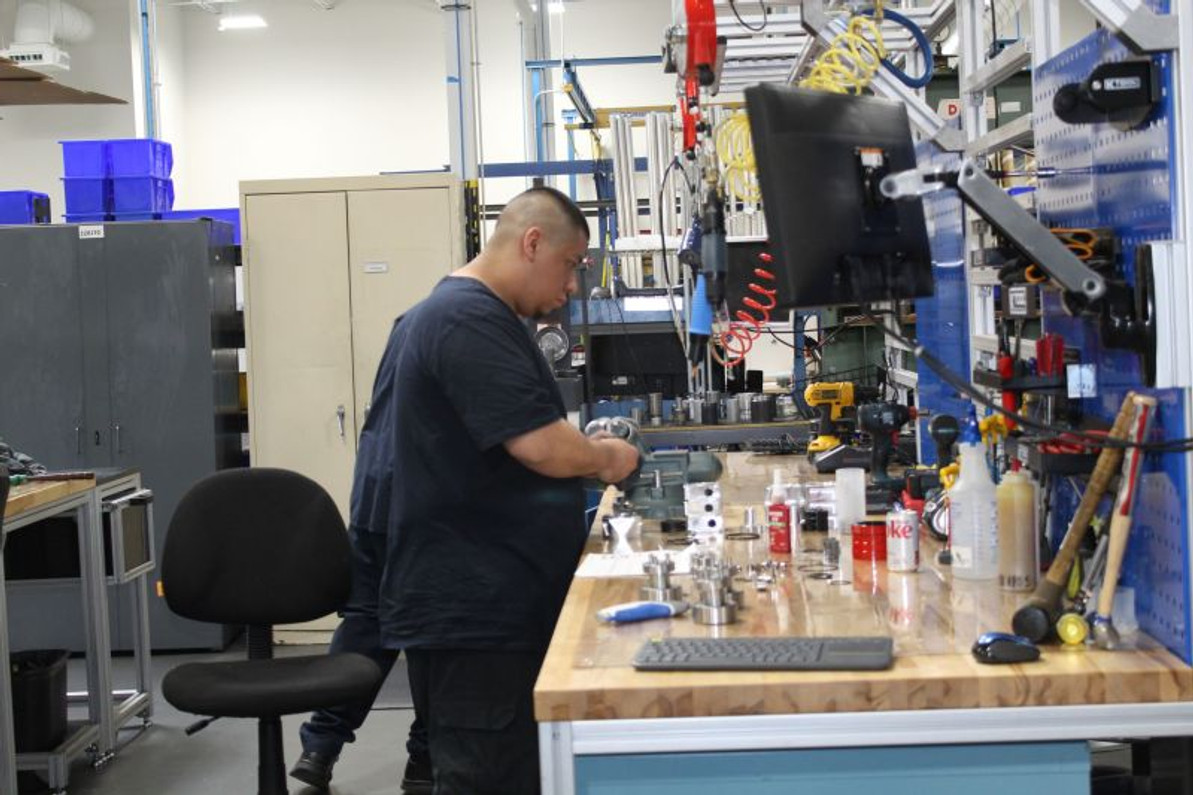Right Angle Gearing: Different Styles & Benefits
Right Angle Gearing
An input and output of a right angle transmission are perpendicular to one another. Various kinds of traditional right-angle gearing have various design benefits, but there is always a trade-off between mechanical efficiency and ratio density or torque capacity. Spiral Bevel, Worm, and Hypoid gearing, the three most popular kinds of right angle gearing, will be discussed. The location of the input (drive) pinion along the curve of the output (driven) gear is the main distinction between these three kinds of gearing. This has a major effect on the ratios that are accessible, the capacity to bear a load, and mechanical effectiveness.
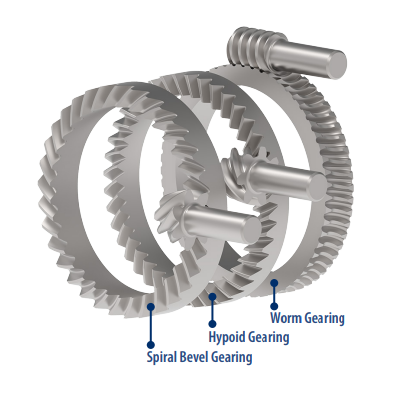
Gearing Terms
“Meshing Action”
Mechanism for making the pinion's teeth touch and engaging the gear. Sliding, rolling, or a mix of the two can be meshing. Pairs of gears with overlapping axis, like spiral bevels, mesh with a straightforward rolling action and little slippage for high efficiency. Worm gears and other non-intersecting gears spin with high slippage, creating friction and lowering effectiveness.
“Tooth Contact Area”
Amount of tooth weight distribution. Greater tooth contact area increases power capability.
“Backlash”
None of these three gear kinds naturally have less blowback.
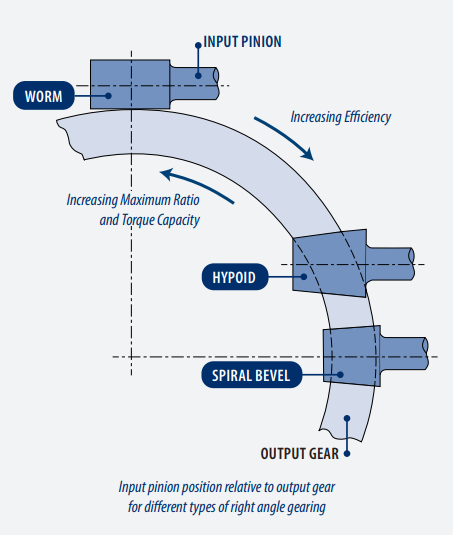
Types of Right Angle Gearing
SPIRAL BEVEL GEARING
Conventional spiral bevel gearing uses helical teeth. The angled teeth produce a purely rolling meshing action resulting in very high efficiency. However, it also has a small total tooth contact area, so its torque capacity is lower compared to other types of right angle gearing. Single-stage spiral bevel gearing is typically available with 1:1 to 6:1 reduction ratios. Higher ratios can be easily achieved with multiple-stage configurations, but the additional gear stage lowers mechanical efficiency, increases backlash, consumes space and weight, and reduces reliability. The gear set geometry, along with the low ratios, allow for many output configurations.
Advantage: High efficiency, low ratios, and high configurability for design flexibility.
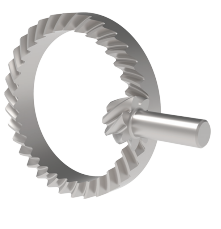
WORM GEARING
Conventional worm gearing uses a straight tooth gear with a spiral tooth pinion. The meshing action of this design has a high component of sliding action, generating friction, and resulting in the lowest mechanical efficiency. This design has very high total tooth contact area providing high torque capacity and high speed reduction, typically 5:1 to 60:1. Worm gearing is also subject to wear that requires adjustment to maintain accuracy.
Advantage: High reduction ratio, high torque throughput.
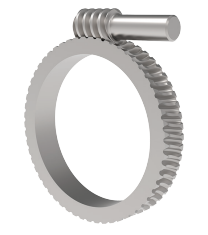
HYPOID GEARING
Hypoid gearing is a type of spiral gearing with axes offset from each other, neither inline as with bevel gearing or perpendicular like worm gearing. This design results in a meshing action that is mostly rolling with a small component of sliding. The tooth contact area is greater than bevel gearing, so its load-carrying capability is greater. Hypoid gearing offers further advantages with typical ratios up to 10:1 (15:1 with GAM Dyna or Dyna-Lite series) in a single stage and low backlash.
Advantage: Combines the space and configuration advantages of worm gearing with the high efficiency of bevel gearing.
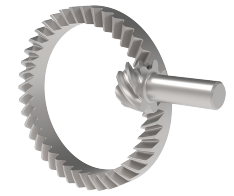
GAM has the broadest automation product range on the market and is your complete source for innovative products used in automation technology. Learn more about GAM by visiting our website or contact us for more information on choosing the right gearing for your needs.
Source: GAM
Recent Posts
-
Boost Conveyor Performance with Baumer Sensor Solutions
Conveyors are the backbone of warehouse and distribution center efficiency, seamlessly transpor …Apr 9th 2025 -
How Continuous Improvement in Manufacturing Increases Flexibility and Buffers Against Uncertainty
In a volatile global economy, uncertainty is fast becomeing the new normal. Whether it’s …Apr 7th 2025 -
The Ultimate Cable Solution for Food & Beverage Applications
When it comes to food and beverage manufacturing, hygiene and safety are non-negotiable. Every …Apr 3rd 2025

